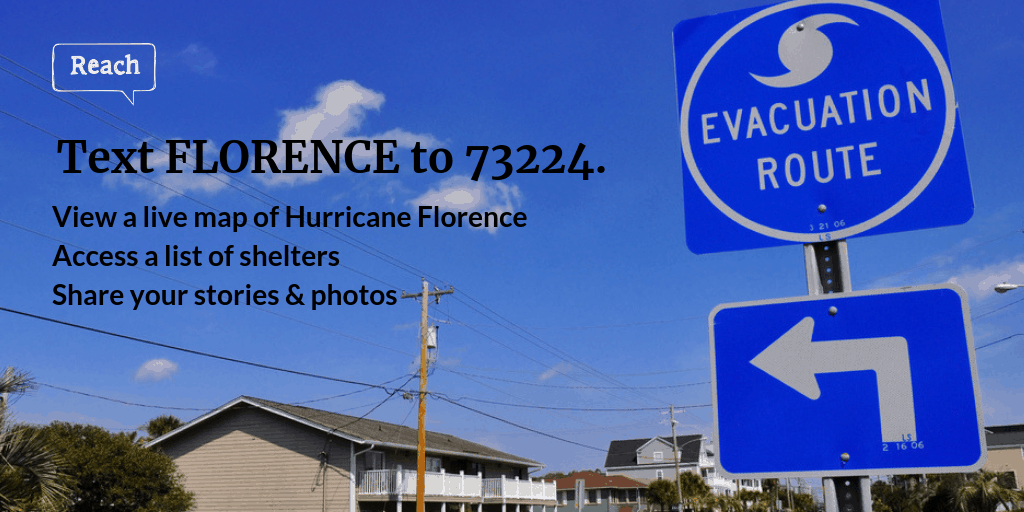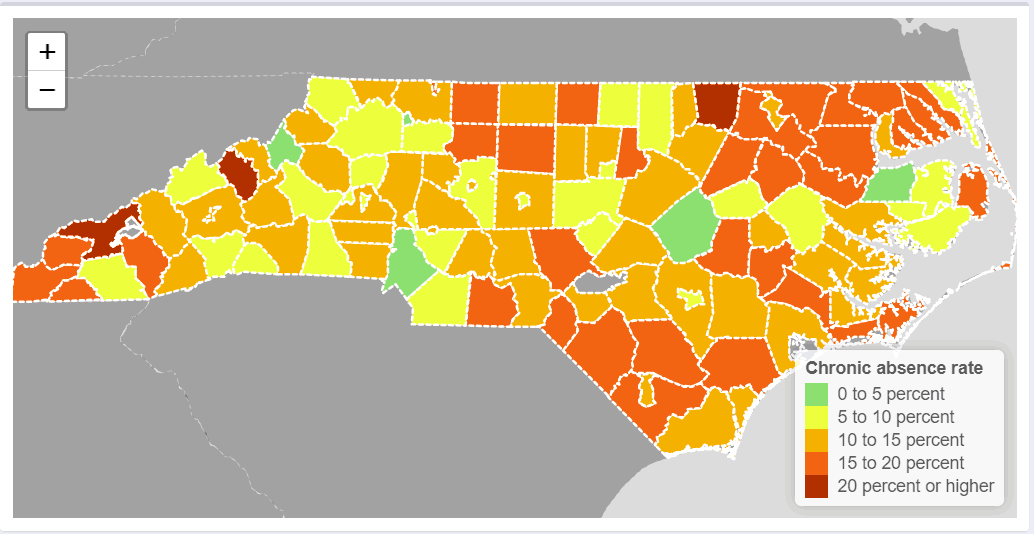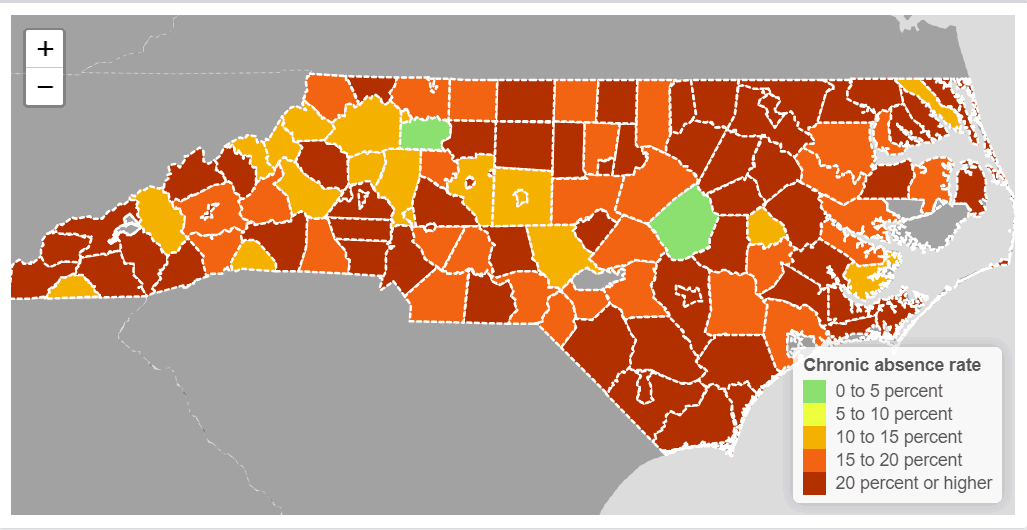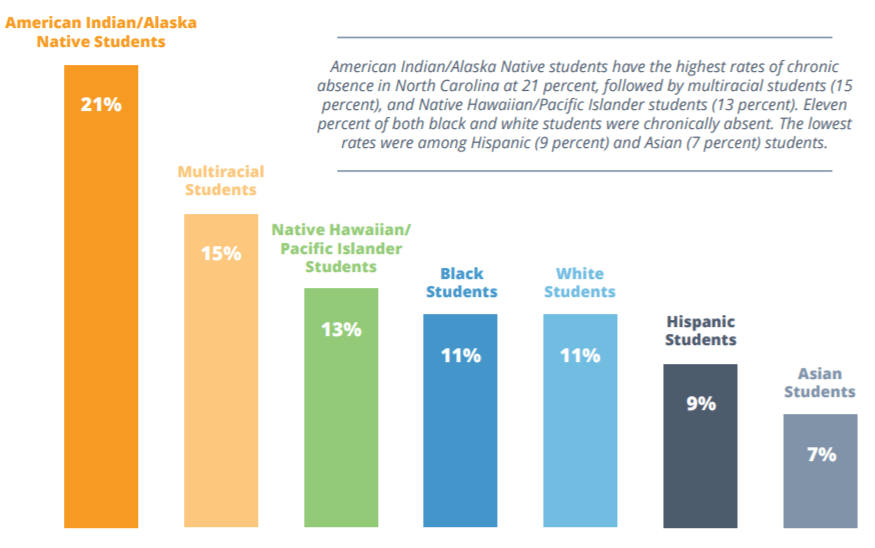Need to Know: Hurricane Florence
We hope you are staying safe as North Carolina prepares for Hurricane Florence. Due to the storm, we decided to send Friday@Five out on Thursday.
We’ve reached out to school district PIOs across North Carolina for updates on how they are preparing and dealing with the impact of Florence, and we will be updating this article as we receive news, stories, and photos. My colleague Analisa Sorrells also has a Q&A article with her dad, meteorologist Tom Sorrells, on EdNC that she is updating throughout the week and weekend.
We’ve also set up a texting line using our Reach NC Voices platform to share information and receive stories and updates from across the state. Text FLORENCE to 73224 to get updates on the live location of Florence, a list of shelters, and to share your story and photos with us.

In the Weeds: Chronic Absenteeism
September is attendance awareness month. Read Governor Cooper’s declaration here, and stay tuned for a chronic absenteeism series from EdNC coming soon.
Brookings Institute just released a new interactive tool mapping student chronic absence rates across the country by state, district, and school. North Carolina’s overall chronic absence rate is 14.8 percent, meaning 14.8 percent of students in North Carolina missed 15 or more days of school during the 2015-2016 school year, according to the U.S. Department of Education’s Civil Rights Data Collection.
Check out the interactive tool here, and explore chronic absence rates by county as well as by school characteristic and student characteristic. Particularly striking is the difference in rates between elementary and high schools (shown in two images below) as well as between white students and American Indian students.


The NC Early Childhood Foundation also released a new report yesterday, “Attendance Counts: What North Carolina School Districts are Doing to Reduce Chronic Absence.” The report looks at results of a district self-assessment of attendance policies and highlights a district and school that have succeeded in lowering their chronic absence rates substantially, Forsyth County and Prospect Elementary in Union County.
According to the report, 11 percent of elementary school children were chronically absent in 2015-2016, but breaking that number down by race reveals stark disparities.



